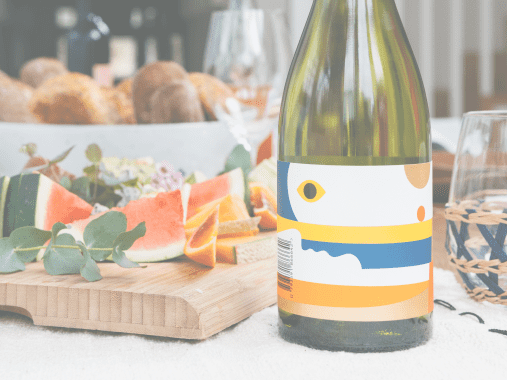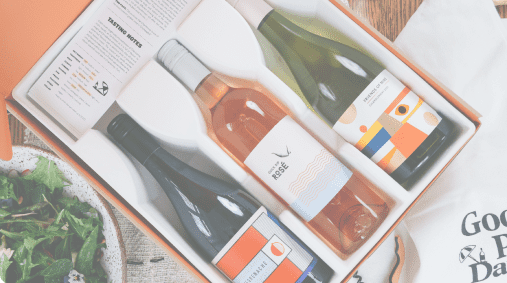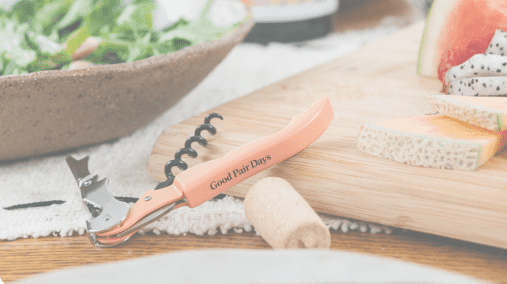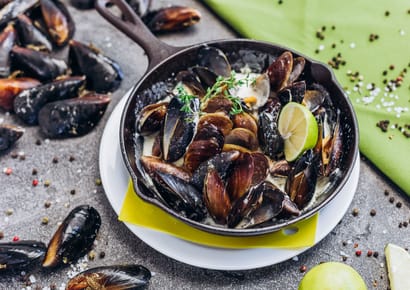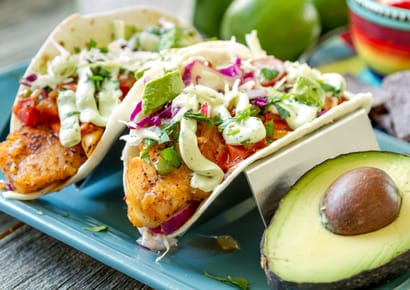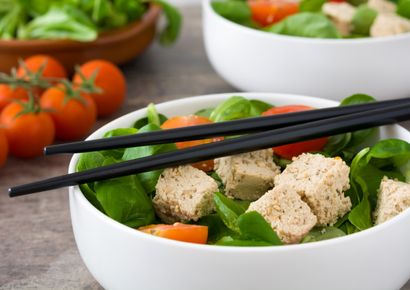Valsé 'Bianco' Frizzante NV
Primary flavours

Citrus

Green Apple

Green Pear

Basil

Celery

Jalapeños

Pear drops

Salt
Details
Crisp green apples and pear notes dominate here. This wine is taut and lean in the mouth, with a subtle salty character on the finish and so much freshness. Easy-drinking!
Origin: The original sparkling wines were made in a place called Limoux in southern France. Mainly Grown In: These days, the whole world sparkles - these styles are made anywhere and everywhere, from a range of grape varieties. Key Facts: Champagne gets all the attention, but there's so much more to the world of sparkling than that. In fact, there are four main methods of production for sparkling wine, each producing slightly different styles and flavours. What is common across all of them however is really focused, tangy acidity (due mostly to harvesting the grapes early - the acidity is needed to keep the sparkling wine fresh) and an elegant fruit profile. Main flavours often include various citrus fruits, crunchy green apples, and hints of honey or biscuit. At the end of the day though, it's about those bubbles and the refreshment factor! Fun Fact: Traditionally sparkling wine is served in flutes. But if you ask a sommelier, most will tell you that they like to drink sparkling wine out of a regular glass because it releases more of the aromatics.
Origin: The original sparkling wines were made in a place called Limoux in southern France. Mainly Grown In: These days, the whole world sparkles - these styles are made anywhere and everywhere, from a range of grape varieties. Key Facts: Champagne gets all the attention, but there's so much more to the world of sparkling than that. In fact, there are four main methods of production for sparkling wine, each producing slightly different styles and flavours. What is common across all of them however is really focused, tangy acidity (due mostly to harvesting the grapes early - the acidity is needed to keep the sparkling wine fresh) and an elegant fruit profile. Main flavours often include various citrus fruits, crunchy green apples, and hints of honey or biscuit. At the end of the day though, it's about those bubbles and the refreshment factor! Fun Fact: Traditionally sparkling wine is served in flutes. But if you ask a sommelier, most will tell you that they like to drink sparkling wine out of a regular glass because it releases more of the aromatics.
Read more
Taste Profile
This wine’s tasting notes.
Sweetness

lowmediumhigh
Body

lightmediumfull
Fruitiness

nonesomelots
Tannins

lowmediumhigh
Acidity

lowmediumhigh
Oak

nonesomelots
Alcohol

low
(under 12%)medium
(12-14%)high
(14%+)
Taste Summary
This wine’s tasting notes are leaning towards light bodied, low sweetness, with high acidity, some fruitiness, low tannins, low alcohol and no oak.
Specs
Region
Friuli
country
Italy
Grape type
Sparkling (Italian)
Wine Maker
Valsé
Alcohol
10.5%
Vintage
NV
Cellar period
1-3 years
Closure
Screw Cap
Production method
Vegan
Pairing guide
Hailing from the beautiful hillside vineyards of Italy’s Veneto region, this characterful and beautifully crafted frizzante wine is a gorgeous addition to any celebration dinner, lunch date, beach barbecue or picnic. We loved how well it paired with arancini and other rice dishes (especially Asian fried rice with seafood or crispy tofu!) and it’s also a stunning bottle to bring out alongside dishes featuring mussels and clams. Homemade pate with crudites, simple pasta creations like cacio e pepe, fish ‘n’ chips and fritto misto will also provide stunning matches to explore.
Read more
Food

Cheese

Chinese Stir Fry

Aperitif
Tastes

Crisp

Light

Fruity

Floral
Moods

Bored

Always A Winner
Seasons

Summer

Spring
Recipe Matches
Wine region

Friuli, Italy
Friuli is a wine region located in the northeastern part of Italy, near the border with Slovenia. The region is known for producing a variety of wine styles, including white, red, and sparkling wines. The white wines of Friuli are often made from grape varieties such as Pinot Grigio, Sauvignon Blanc, and Chardonnay, and are known for their crisp, aromatic character. Friuli is also home to a number of indigenous grape varieties, such as Tocai Friulano and Ribolla Gialla, which are used to produce distinctive white wines. The red wines of Friuli are typically made from grape varieties such as Cabernet Sauvignon, Merlot, and Refosco, and are known for their elegance and finesse. Friuli has a unique climate, with cool nights and warm days, which helps to preserve the acidity in the grapes and produces wines with a refreshing character.
Read more









